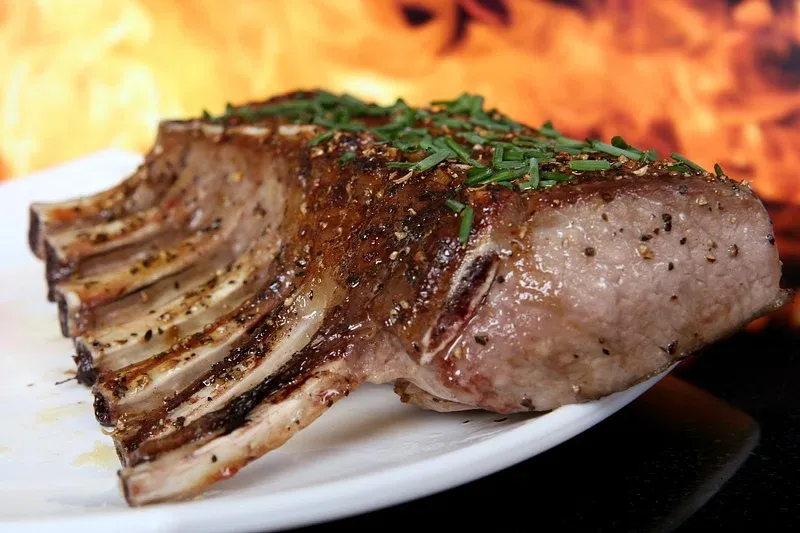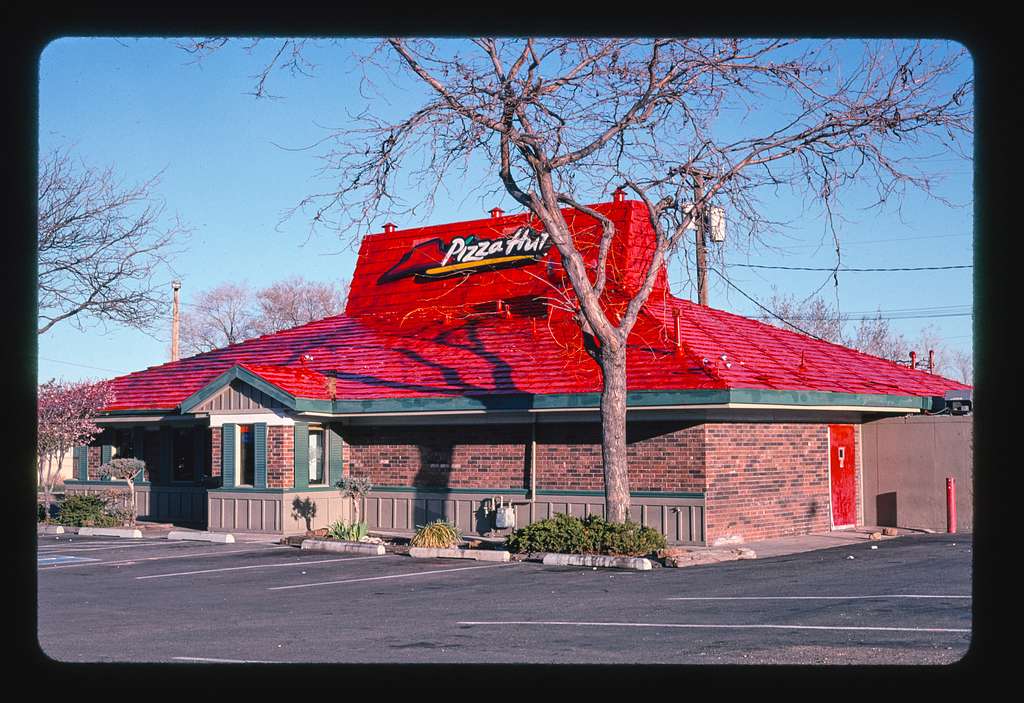
Pete's Guide to Peach Perfection
- Jun 25, 2024
Biting into a juicy, ripe peach, especially just over the sink is an unparalleled summer sensation. Yet, the unpleasant bite into a moldy or mealy fruit can dull this joy. This is why we turned to Steve Johnston, the sixth-generation farmer running Apple Castle in New Wilmington, Pennsylvania, for his expert advice on picking and preserving peaches.
When shopping for peaches, Johnston urges individuals to support the local farmers market, as you'll usually find peaches picked closer to their peak ripeness, resulting in superior flavor. You'll want to avoid any bruised peaches and inspect the "ground color", which is the portion of the peach that doesn't face the sun. "The peach gets a beautiful crimson tan where it faces the sun. However, for a good peach, you want the side in the shade to be rich creamy yellow. Steer clear if it's shaded green or green-yellow." says Johnston.
When handling peaches, Johnston cautions against applying too much pressure as they are not much stronger than eggs. He suggests, "Cup the peach in one hand and gently swipe left to right. Apply enough pressure to feel a slight give, almost if the skin is a plush pillow with juiciness underneath."
Peaches that you plan to use for a pie or cobbler would ideally be riper. But beware, they bruise easily-“They’re going to bruise if you look at them the wrong way,” Johnston warns humorously. But not all hope is lost for overripe peaches, they can be turned into an exquisite peach-rosé vinegar, chutney, or stone fruit butter.
Johnston familiarizes us with two types of peaches - Cling or clingstone peaches, which are a favorite for eating fresh or canning thanks to their sweetness and difficulty in separating flesh from the pit, and Freestone peaches, whose pits can be easily removed, making them versatile for eating, baking, or freezing. Most peaches in the supermarket are Freestone.
To keep your peaches fresh for a few more days, store them loosely in the produce bag in your refrigerator. This ensures an optimal moisture level that neither dries the peaches out nor lets them rot. Pro tip: arrange them in a single layer, stem-side up, to avoid bruising. If you notice their skin wrinkling, consume immediately.
An old-age trick for ripening peaches is storing them in a paper bag on your countertop. According to Johnston, the ethylene gas trapped within the bag induces ripening. The time to ripe varies from a day or two for orchard-bought peaches to almost a week for supermarket peaches.
One may start to find peaches at farmers markets beginning in May till September, with July and August being the peak season. Johnston's recommended way of slicing is to cut vertically around the pit and peel it apart. He suggests consuming sliced peaches within one to two days. For an extraordinary breakfast experience, consider treating yourself to cereal layered with slices of sugared peaches.
For freezing peaches, use ripe freestone peaches as they are easier to pit. After freezing individual pieces on a baking sheet, store them in a single layer in a ziplock bag to avoid clustering. Frozen peaches make great smoothie ingredients or pie fillings due to their softer texture.






